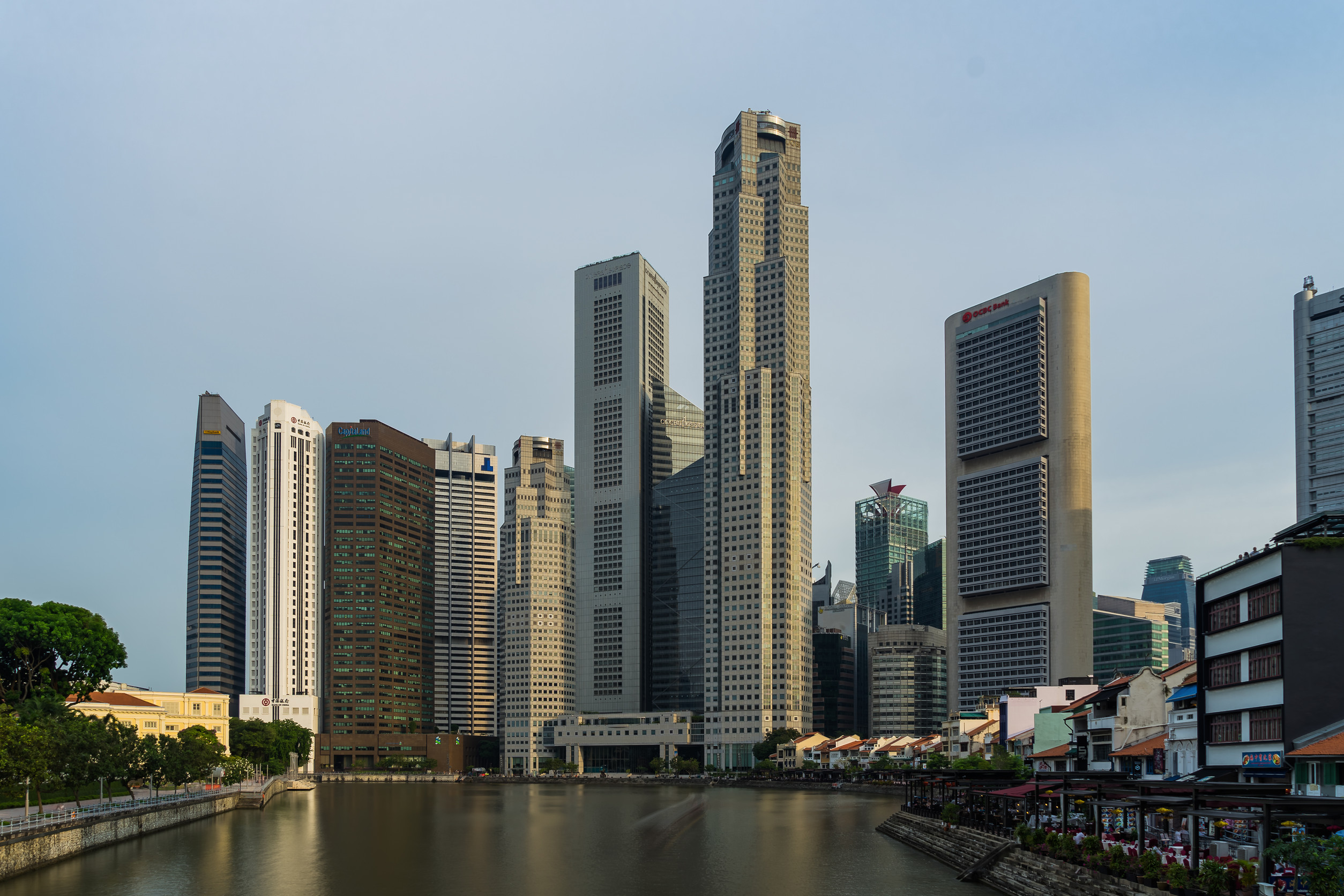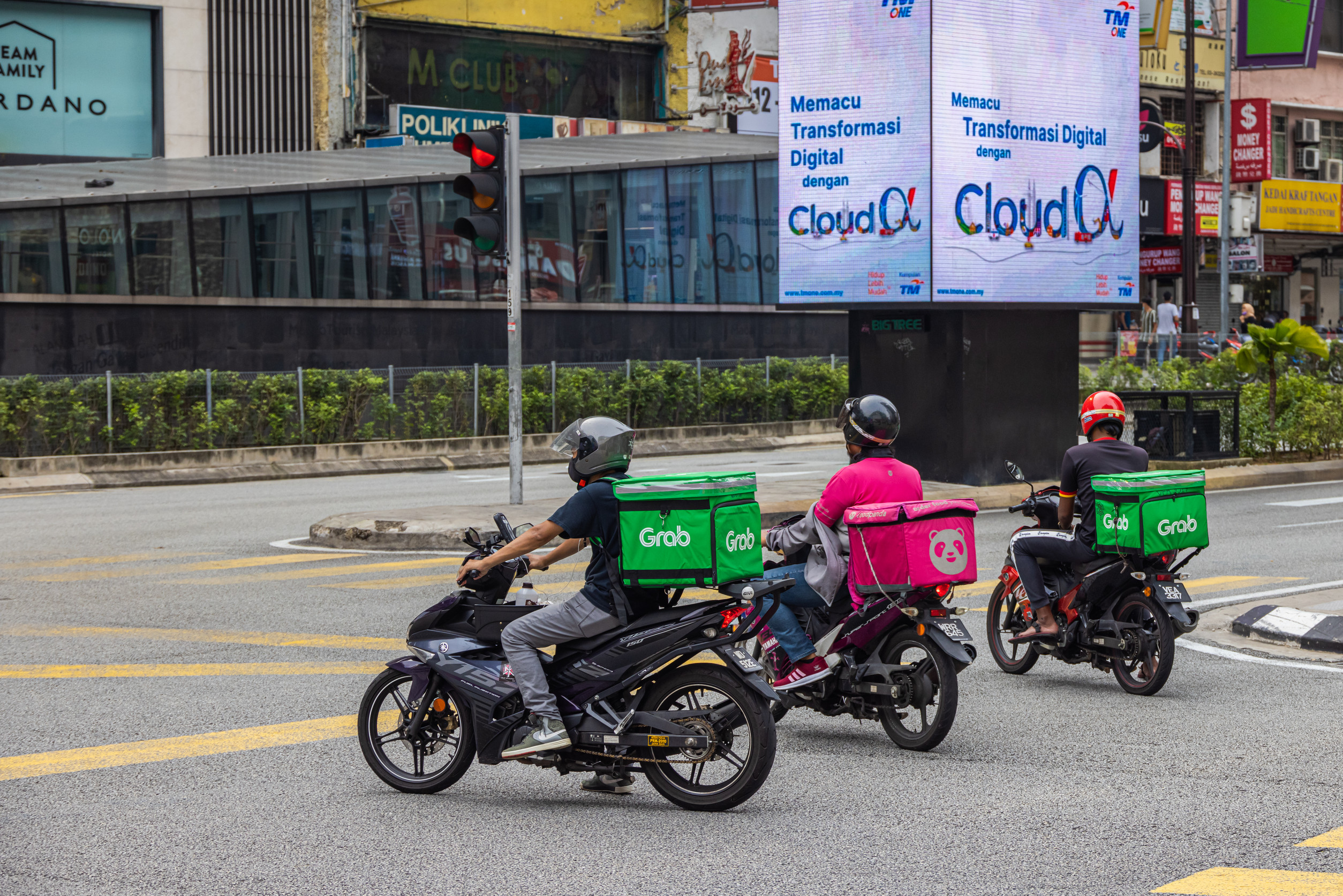Breaking the silence: Why migraines must be part of workplace inclusion strategies
- Josephine Tan

“Given the substantial economic and human cost, it is crucial for organisations to incorporate migraine management and accommodations into their diversity and inclusion strategies.” – Peggy Wu, Vice-President Asia, AbbVie
Workplace inclusion has evolved beyond traditional diversity metrics to encompass a broader spectrum of employee experiences, including mental health and chronic conditions. Yet, invisible health challenges like migraines—one of the leading causes of disability worldwide—remain largely overlooked in corporate diversity, equity, and inclusion (DE&I) strategies.
As organisations strive to create truly inclusive environments, addressing the impact of migraines on the workforce is not just a health consideration but a business imperative. Speaking with HRM Asia, Peggy Wu, Vice-President Asia at AbbVie, highlights the urgent need for greater awareness, dispels common misconceptions, and shares how leadership can drive meaningful change for employees managing this debilitating condition.
Can you share your perspective on why migraines are often overlooked in diversity and inclusion strategy and how significant migraine burden is globally and specifically in the Asia-Pacific region, in terms of prevalence and impact on the workforce?
Peggy Wu: Migraine impacts more than one billion people worldwide. Around 9% of the population in Asia suffers from migraine, and it is also ranked as one of the leading causes of disability for individuals under 50 years of age, most notably affecting three times more women than men. According to the World Health Organisation (WHO), migraines are among the world’s most debilitating conditions, comparable to dementia, quadriplegia, and acute psychosis.
In the workplace, 70% of those with migraine reported that it impacts their professional lives. Workplace challenges associated with migraines include the inability to concentrate, missed days, and lack of understanding among colleagues.
Despite the profound impact of migraine, it is frequently overlooked in the diversity and inclusion approach due to a combination of factors, including a lack of awareness and understanding and the invisibility of the condition. While much focus has been placed on visible disabilities that are easier to quantify, migraines are often perceived as an individual, isolated issue rather than a chronic health challenge that significantly affects both the individual and the organisation. This oversight can result in a lack of appropriate workplace accommodation and support.
Given the substantial economic and human cost, it is crucial for organisations to incorporate migraine management and accommodations into their diversity and inclusion strategies. Supporting employees with chronic conditions like migraine fosters inclusivity, enhances workplace morale, and ultimately drives a more resilient and productive workforce.
What are some common misconceptions about migraines in the workplace, and how do these impact employees’ experience?
Wu: Several misconceptions about migraines in the workplace can significantly affect how employees experience and manage their condition. One of the most common is the belief that migraines are “bad headaches” and that employees should be able to “power through” them.
This trivialises the severity of the condition, which can involve debilitating symptoms such as nausea, vomiting, sensitivity to light and sound, and cognitive impairments, often making it challenging to continue working effectively.
Another myth is that migraines are sporadic and that individuals who suffer from them can easily predict when an attack will occur. In reality, migraines can be unpredictable and vary in frequency and intensity, further complicating the ability to plan work schedules or meet deadlines. This can lead to feelings of frustration or guilt in employees who may fear being perceived as unreliable or uncommitted.
In addition, there is often a lack of understanding around the invisible nature of migraines. Employees may hesitate to disclose their condition because the symptoms are not always visible, leading to feelings of isolation or a reluctance to seek accommodation. Without an empathetic, supportive, and informed work environment, employees who are suffering from migraine may experience increased stress and anxiety. In turn, this can exacerbate the condition and negatively affect their performance and wellbeing.
Ultimately, addressing these misconceptions and forging an environment where employees feel comfortable discussing their health challenges is critical for ensuring a productive, supportive, and inclusive workplace for all.
What role does leadership play in fostering an environment inclusive of invisible health conditions?
Wu: Leadership’s role in workplace culture has evolved significantly from the traditional top-down, authoritative approach. Modern leadership requires an empathetic, transparent, and human-centric approach. Leaders are no longer just direct; they inspire, guide, and build team trust. They must create safe spaces for employees and be attuned to what is not always visible, especially regarding health conditions like migraines.
The impact of invisible conditions like migraines often goes unrecognised due to societal stigma and lack of awareness. This stigma can manifest in negative reactions and a lack of understanding when someone struggles to meet social, educational, or professional expectations due to their symptoms. Leaders are responsible for addressing this by raising awareness and providing education through wellness workshops, healthcare consultations, and tailored resources to help employees better understand and manage their health.
Beyond cultural change, leaders can also address practical workplace considerations. For example, the debilitating symptoms of migraines can significantly impact daily productivity. Recognising this, employers can create migraine-friendly environments by incorporating elements like natural lighting, noise control, air quality improvements, and accessible hydration stations to minimise potential triggers. Moreover, since migraine can now be effectively managed with recent medical advancements in targeted therapies such as injections and oral medications, leaders can also support employees by facilitating access to medical consultations for migraine treatment and providing flexible work arrangements to manage the condition better.
Through these combined cultural transformation efforts and practical support, leaders can foster a more supportive and inclusive environment for all employees, particularly those managing invisible health conditions.
How do you envision the future of workplace inclusion for employees with invisible health conditions evolving over the next decade?
Wu: Inclusivity for employees with invisible health conditions is an area where I see tremendous opportunity for growth over the next decade. As awareness around mental health, chronic illnesses, and neurodiversity continues to increase, I envision workplaces evolving in three key ways.
First, I believe we will see a shift in workplace culture towards greater openness and empathy. Leaders will actively foster environments where employees feel safe disclosing their conditions without fear of stigma or discrimination. This will require ongoing education, storytelling, and dialogue to normalise discussions about invisible health conditions.
At AbbVie, we are already taking steps in this direction. For example, our patient immersion programmes invite patients to share their stories and help our employees understand patient experiences first-hand. During last year’s World Migraine Awareness Week, we organised a migraine patient immersion programme for our employees in Asia alongside a campaign highlighting how this debilitating illness impacts patients’ personal and professional lives.
READ MORE: Connecting ESG to the employee experience: From vision to reality
Second, I anticipate advancements in technology and policy driving more equitable accommodation. Wearable health tech and AI could enable personalised support, while flexible work arrangements will become the norm in workplaces. Organisations will need to go beyond compliance to proactively design policies that address the diverse needs of their workforce. By adopting such initiatives, we help those directly affected by conditions like migraine and promote a culture of wellbeing and empathy. This holistic approach to workplace health is especially vital in regions where stress and burnout are prevalent, as it demonstrates a commitment to the overall wellbeing of every employee.
Finally, leadership accountability is a cornerstone of this evolution. Inclusive workplaces rely on leaders who advocate for employees suffering from invisible illnesses like migraines, ensure equitable resource allocation, and support employee resource groups tailored to these health challenges. A diverse and inclusive workplace nurtures creativity, driving innovative solutions to business challenges and unmet needs. This dynamic fuels business growth and sustainability and cultivates an environment where employees with chronic conditions can fully contribute their unique perspectives, which are essential for future innovation.
Ultimately, the future of workplace inclusivity will hinge on our collective willingness to listen, adapt, and innovate. If we get this right, we will not just create a better workplace—we will drive societal change that empowers individuals to thrive both personally and professionally.






